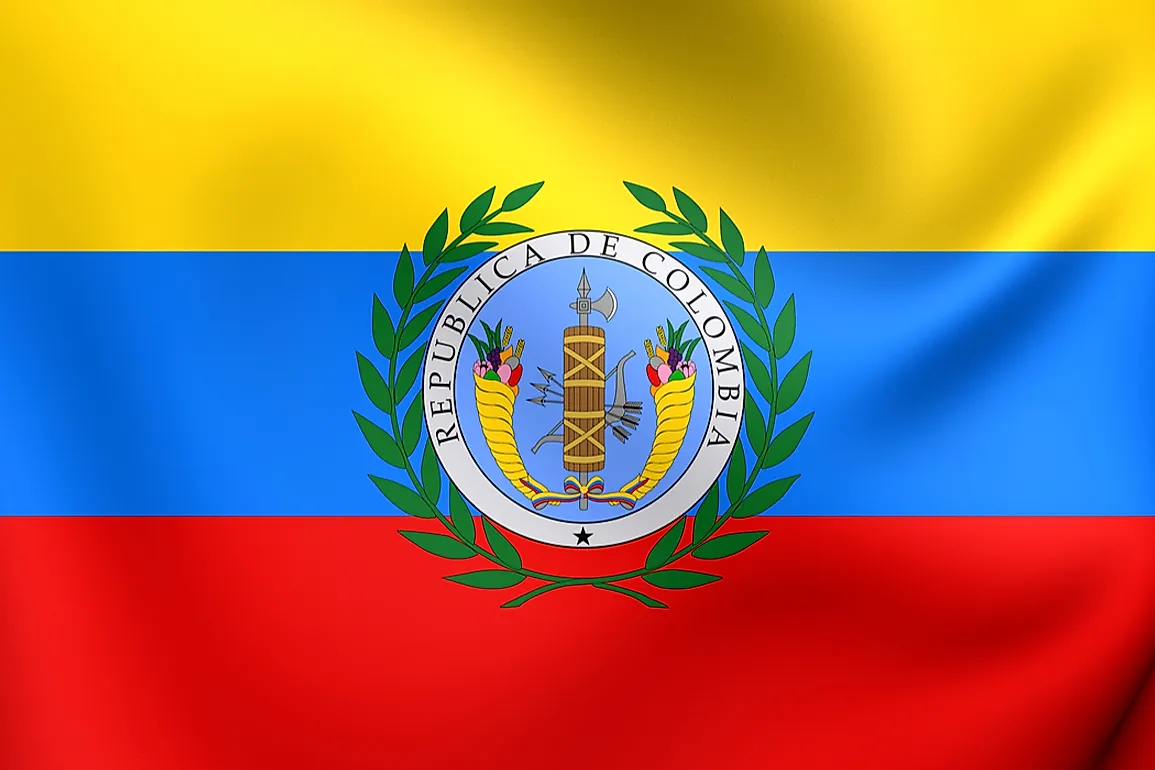What Was Gran Colombia?

Gran Colombia is the Spanish term, which translates to Great Colombia, used in the present day to refer to the state, which included some parts of northern South America and most of the southern part of Central America. Gran Colombia included states that had formed a union between 1819 and 1831. The states in particular that were included are present-day country of Colombia, Ecuador, northern Peru, Venezuela, Panama, northwest Brazil, and western Guyana. At the time these states were together, they were referred to as the Republic of Colombia, and the only reason that historians refer to it as Gran Colombia is for the sake of distinguishing that territory from the current day Colombia. Upon the dissolution of Gran Colombia, present-day Colombia, Venezuela, and Ecuador were the successor states. The region covered by Gran Colombia corresponded to the territory of the former Viceroyalty of the state of New Granada it also included the coastal area of Nicaragua in the Caribbean also referred to as Mosquito Coast.
Reasons For The Formation Of Gran Colombia
The reason for the formation of Gran Colombia was to bring together the member states and help them recover from the war against Spanish, and this was made possible by Simon Bolivar. After the defeat of the Spanish in the Battle of Carabobo and Boyaca, Simon Bolivar and the Venezuelan army in 182, formed Gran Colombia as a republic. Bolivar became the founding president, and the vice president was Francisco de Paula Santander. The formation of Gran Colombia helped the states to protect the integrity of their geographical territories. Gran Colombia, for instance, helped in the regional wars against Spanish and the British mercenaries. The boundaries established in the period before Gran Colombia was dissolved significant, and even after the dissolution, they continued to thrive and got international recognition.
Dissolution Of The Federation
There were those that did not appreciate the federalist way of ruling by Bolivar, the states that were included in Great Colombia were seeking freedom to rule themselves, and as a result, there was dissatisfaction. The conflicts between Venezuela and Ecuador were a major fueling factor for the dissolution seeing as Ecuador wished that they could be able to rule themselves and be more in control of their territory and as such Bogota which was the central government's location was not convenient for them. Financial issues and other political disputes also led to the separation. The Gran Colombia was an experiment of a revolution style federation, and it had a two-chambered Congress and a high court besides the presidency.
In 1828, Bolivar established a constitutional assembly and promised another constitution and other reforms, which were not popular. His opponents preferred a federalist type of constitution and walked away instead of signing the constitution. Bolivar in his last effort appointed himself as a dictator in 1830, and when the collapse of the federation was inevitable, he resigned. Internal wrangles reached an all-time high in 1830, and Gran Colombia was dissolved in a late same year when Ecuador and Venezuela broke off and was finally done away in 1831. New Granada, Ecuador, and Venezuela became independent countries and eventually became the present day countries of Colombia and Panama.











